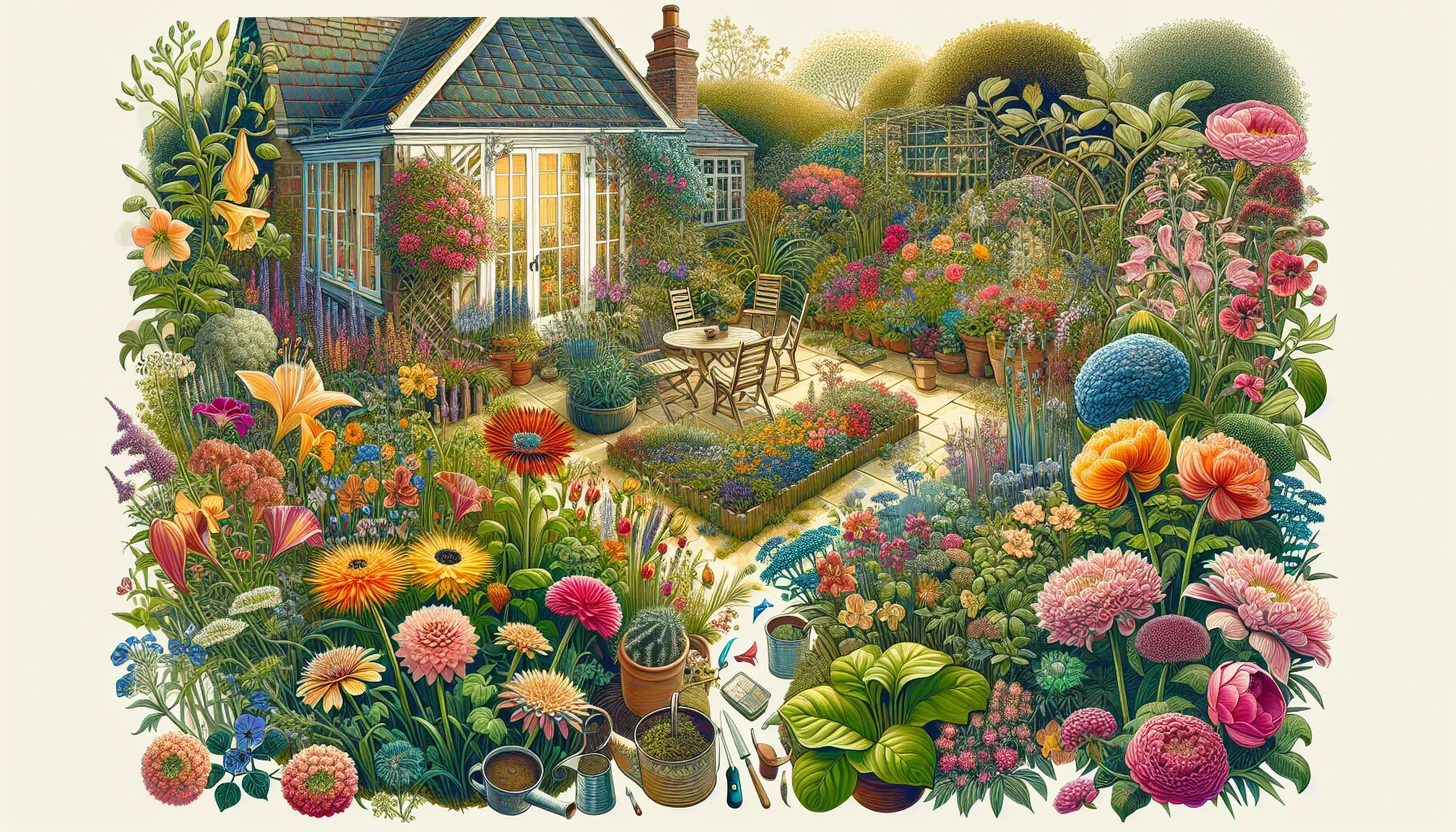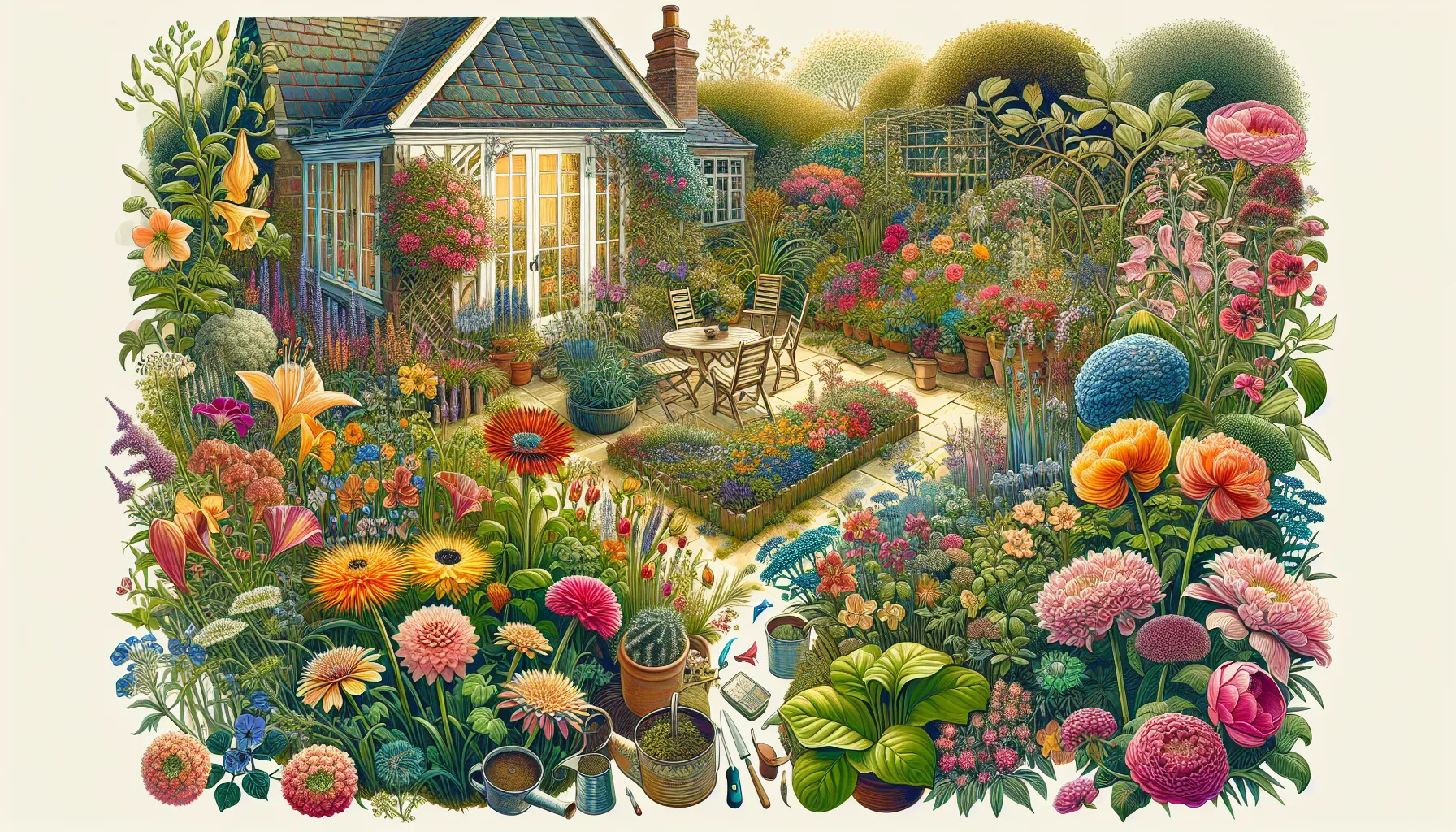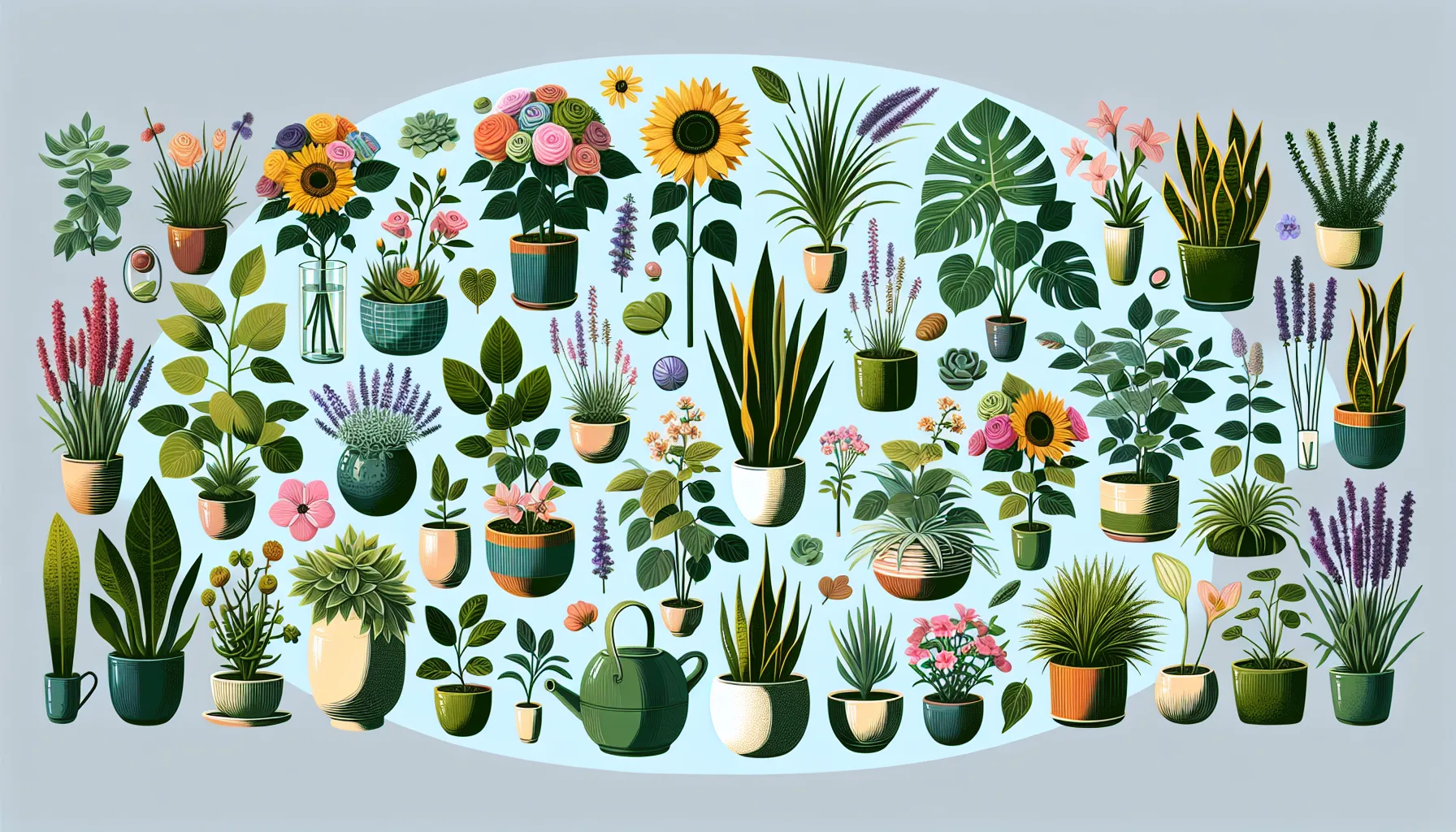
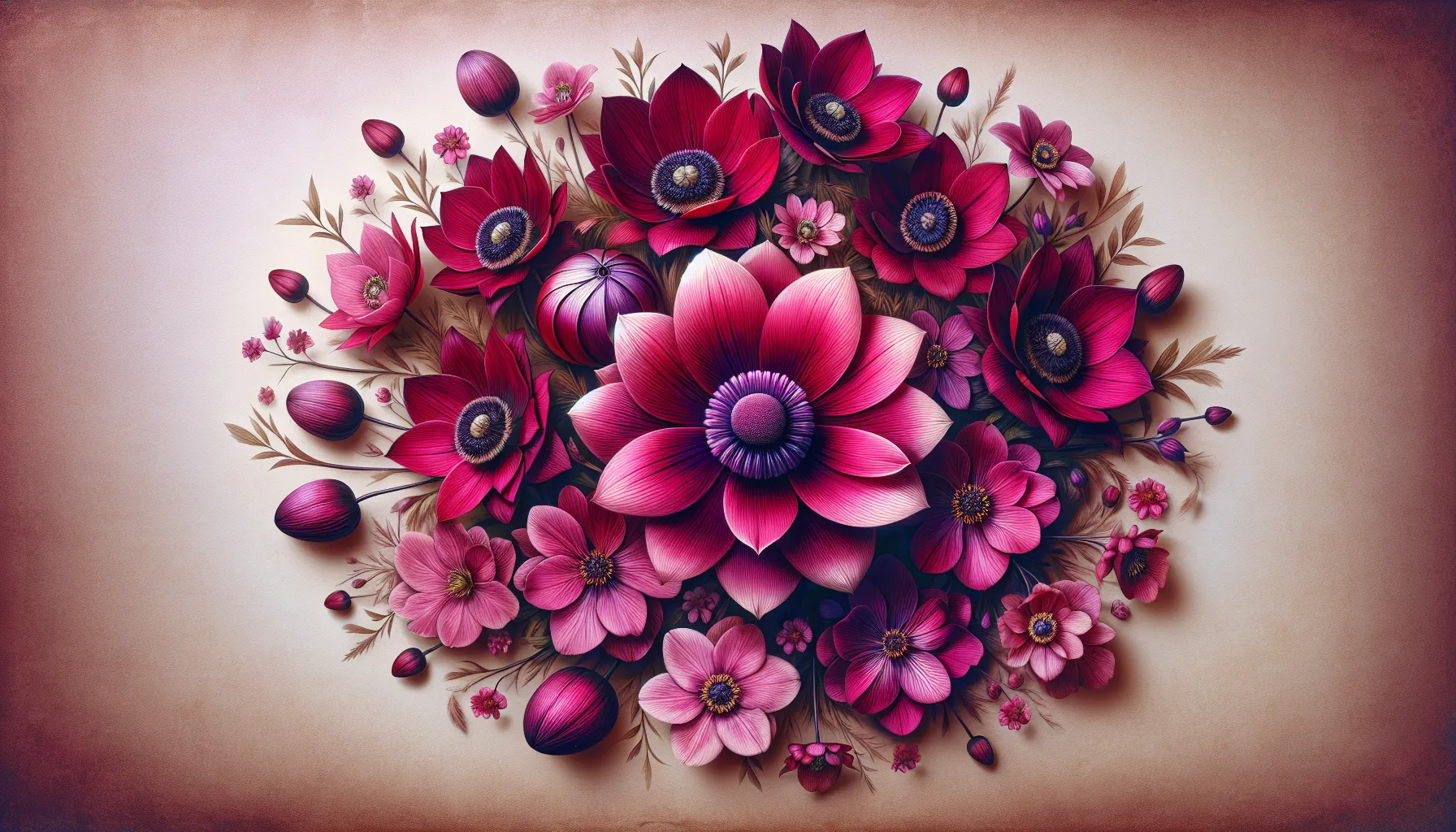
Magenta flowers have significant meaning and symbolism, including love, beauty, and spirituality. The blog post will also cover types of magenta flowers, cultivation tips, and uses in floral arrangements, gardening, and medicinal purposes. Readers will be encouraged to explore and appreciate the vibrancy of these blooms.
Magenta flowers are a special and unique type of flowers that are not just your typical pink or purple bloom. They have their own distinct color that stands out in any garden or bouquet. In this blog post, we will explore what magenta flowers are and why they are significant in the floral world.
Magenta flowers are a vibrant and deep purplish-red hue that is often associated with feelings of passion and creativity. These flowers can range in shades from lighter pinks to darker purples, but they all share the same bold and eye-catching color.
In the world of flowers, magenta blooms are often used to represent strong emotions and gratitude. They symbolize a deep appreciation and admiration for someone special. Many florists and gardeners incorporate magenta flowers into arrangements to add a pop of color and convey feelings of love and appreciation.
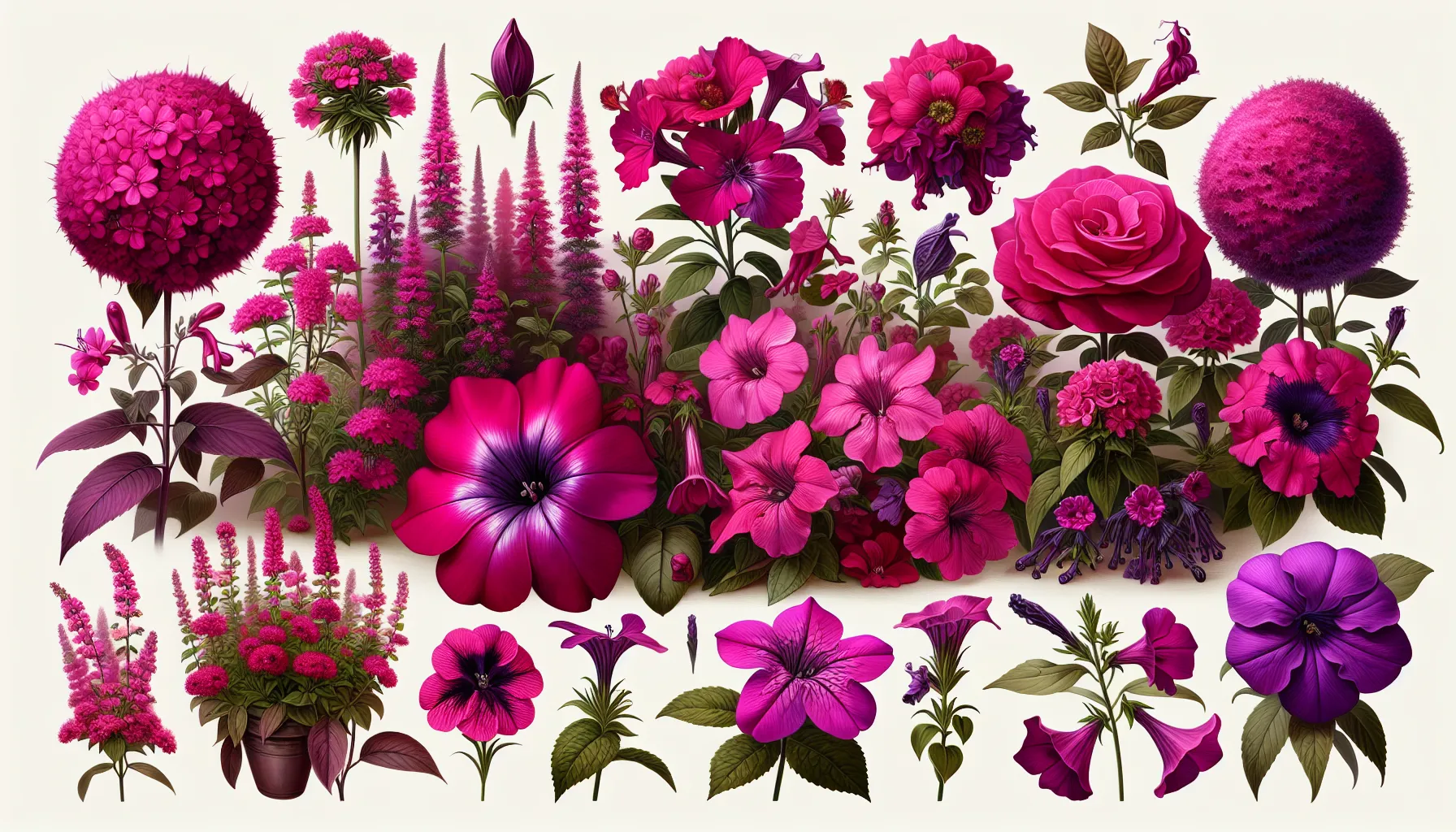
When it comes to magenta flowers, there are several beautiful options to choose from. Here are some popular types of magenta flowers that you can consider for your garden:
Rose verbena is a lovely perennial plant with clusters of small, magenta-colored flowers. It is a great choice for adding a pop of color to your garden beds or borders.
Bee balm is another stunning magenta flower that is known for attracting pollinators like bees and butterflies. Its vibrant blooms and strong fragrance make it a delightful addition to any garden.
Snapdragons are beloved for their tall spiky flowers and come in various colors, including a beautiful shade of magenta. These flowers are perfect for adding height and visual interest to your garden.
Petunias come in a wide range of colors, including striking magenta hues. These versatile flowers can be planted in containers, hanging baskets, or flower beds, adding a colorful display wherever they are placed.
Bougainvillea is a tropical vine that produces vibrant magenta bracts, which are often mistaken for flowers. This eye-catching plant is perfect for adding a touch of exotic beauty to your outdoor spaces.
Magenta flowers hold various meanings and symbolisms across different cultures and contexts. Let’s delve into some of the common interpretations associated with these vibrant blooms.
In many cultures, magenta flowers are often associated with love and affection. The deep and intense color of magenta is often seen as a symbol of passion and deep emotional attachment, making them a popular choice for expressing love and romantic feelings.
With their striking and elegant appearance, magenta flowers are also often linked to beauty and elegance. The rich hue and the delicate petals of these blooms are admired for their aesthetic appeal, making them a popular choice for adding a touch of sophistication to floral arrangements and garden landscapes.
Furthermore, magenta flowers are sometimes associated with spiritual and emotional significance. The bold and vibrant color is believed to have a deep impact on one’s emotional state, often representing a sense of balance, harmony, and inner peace. In certain spiritual practices, magenta flowers may be used to symbolize spiritual awakening and emotional healing.
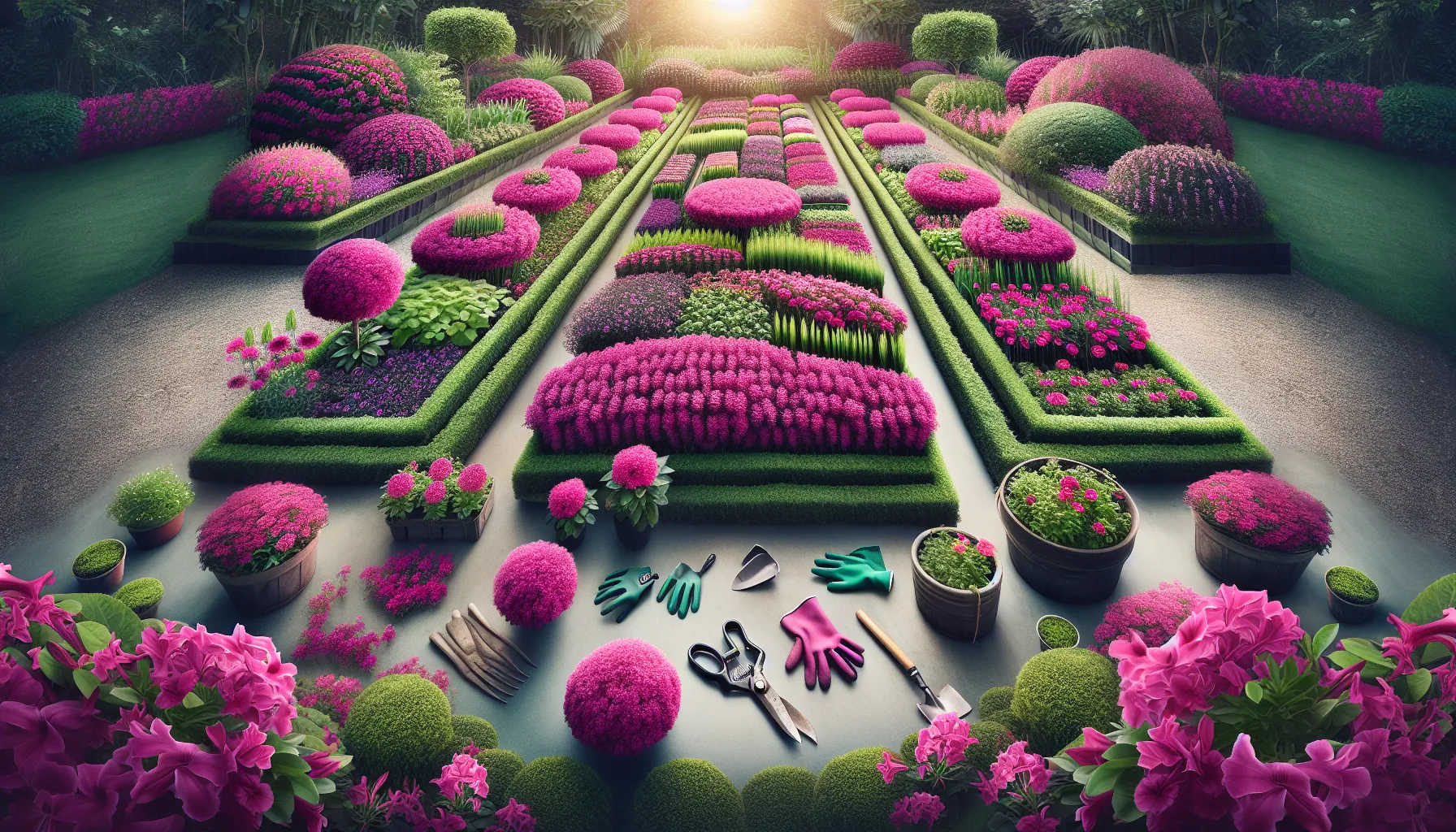
When it comes to growing magenta flowers, there are a few key things to keep in mind to ensure they thrive in your garden. Here are some cultivation tips to help you achieve beautiful blooms:
Magenta flowers typically thrive in well-drained soil and prefer full sunlight. Make sure to choose a location in your garden that receives plenty of sunlight throughout the day. If you’re planting them in containers, be sure to use a high-quality potting mix that offers excellent drainage.
To keep your magenta flowers healthy and vibrant, regular maintenance is essential. This includes watering them regularly, especially during dry periods, and providing adequate fertilization to support healthy growth. Additionally, be sure to keep an eye out for any signs of pests or diseases, and address them promptly to prevent any damage to your plants.
When it comes to landscaping with magenta flowers, the possibilities are endless. These vibrant blooms can add a pop of color to your garden beds, borders, or even as part of a colorful container garden. Consider mixing them with other complementary flowers to create a stunning visual display, or use them as a focal point in a specific area of your garden.
| Flower Name | Scientific Name | Size | Blooming Season |
|---|---|---|---|
| Bougainvillea | Bougainvillea spp. | Medium | Spring to Fall |
| Fuchsia | Fuchsia spp. | Small to Medium | Spring to Fall |
| Magenta Chrysanthemum | Chrysanthemum spp. | Medium | Summer to Fall |
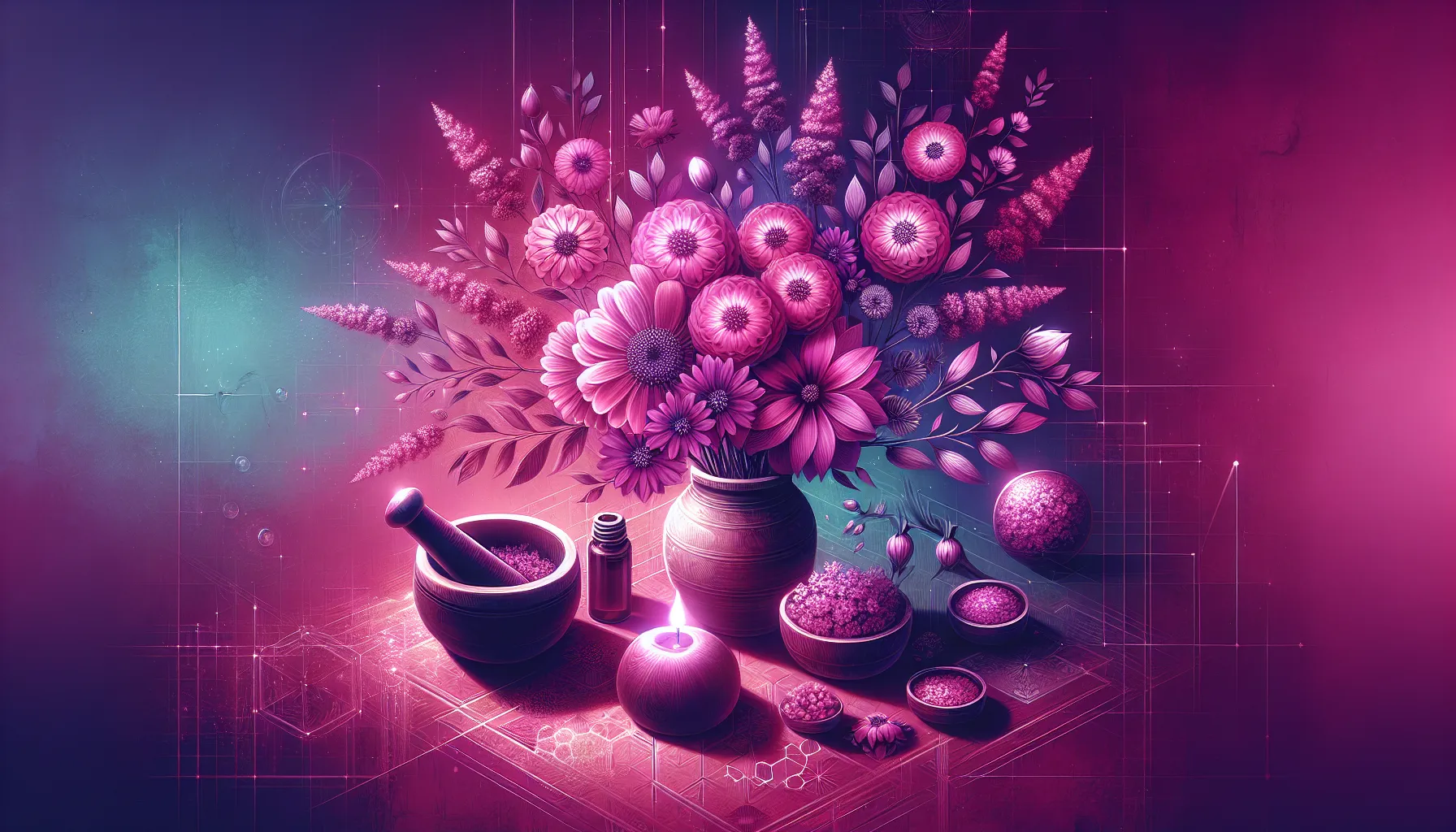
Magenta flowers are not only beautiful to look at, but they also have various practical uses and applications. Here are some common ways magenta flowers are used:
Magenta flowers are often used in floral arrangements to add a pop of color and a touch of elegance. They can be combined with other flowers to create stunning bouquets for special occasions such as weddings, anniversaries, and parties.
Magenta flowers are popular choices for gardens and landscaping due to their vibrant hues. They can be planted in flower beds, borders, or containers to enhance the visual appeal of outdoor spaces.
Some magenta flowers are used in traditional medicine and alternative therapies for their medicinal properties. They may be dried and used in herbal teas, tinctures, or salves to promote wellness and alleviate certain health conditions.
Magenta flowers commonly used in floral arrangements include fuchsia, bougainvillea, and petunias. These vibrant blooms add a pop of color and visual interest to any bouquet or centerpiece.
Magenta flowers can be planted in gardens and landscapes to add a bold and striking visual appeal. They can be used as border plants, in mixed flower beds, or as focal points in a garden design. Some popular magenta flowers for landscaping include bee balm, salvia, and verbena.
Some magenta flowers, such as hibiscus, are known for their medicinal properties. Hibiscus tea, made from the petals of the magenta-hued hibiscus flower, is popular for its potential health benefits, including lowering blood pressure and providing antioxidant properties.
As an avid gardener, I’ve always been drawn to the vibrant and enchanting hues of flowers. One particular color that has captivated my attention and transformed my garden is magenta. The vivid and intense shade of magenta flowers has brought a new level of charm and allure to my outdoor space.
When I first introduced magenta flowers to my garden, I was amazed by their versatility. Not only did they add a pop of color to my floral arrangements, but they also became the focal point of my landscaping endeavors. The rich and striking tones of the magenta blooms seamlessly blended with the surrounding greenery, creating a picturesque and captivating scene.
Besides their ornamental value, I also discovered the therapeutic and medicinal benefits of magenta flowers. Their delicate fragrance and soothing presence have contributed to a serene and calming atmosphere in my outdoor oasis. Whenever I feel stressed or overwhelmed, spending time among the magenta blooms brings a sense of tranquility and peace.
From enhancing floral arrangements to enriching gardening and landscaping projects, magenta flowers have truly worked their magic in my life. Their beauty and positive effects have left an indelible mark on my journey as a passionate gardener, reminding me of the simple yet profound joys that nature can bring.
In conclusion, magenta flowers hold a significant place in the world of flora due to their vibrant and captivating nature. From the depths of ancient symbolism to modern-day gardening and floristry, these blooms have continued to capture the attention and admiration of many. Their unique color and allure make them a delightful addition to any garden or floral arrangement.
As we conclude our exploration of magenta flowers, we encourage you, dear readers, to take the time to appreciate and explore the beauty of these vibrant blooms. Whether it be through visiting botanical gardens, nurturing your own magenta floral varieties, or simply taking a moment to admire them in nature, may you find joy in the exquisite charm of magenta flowers.


